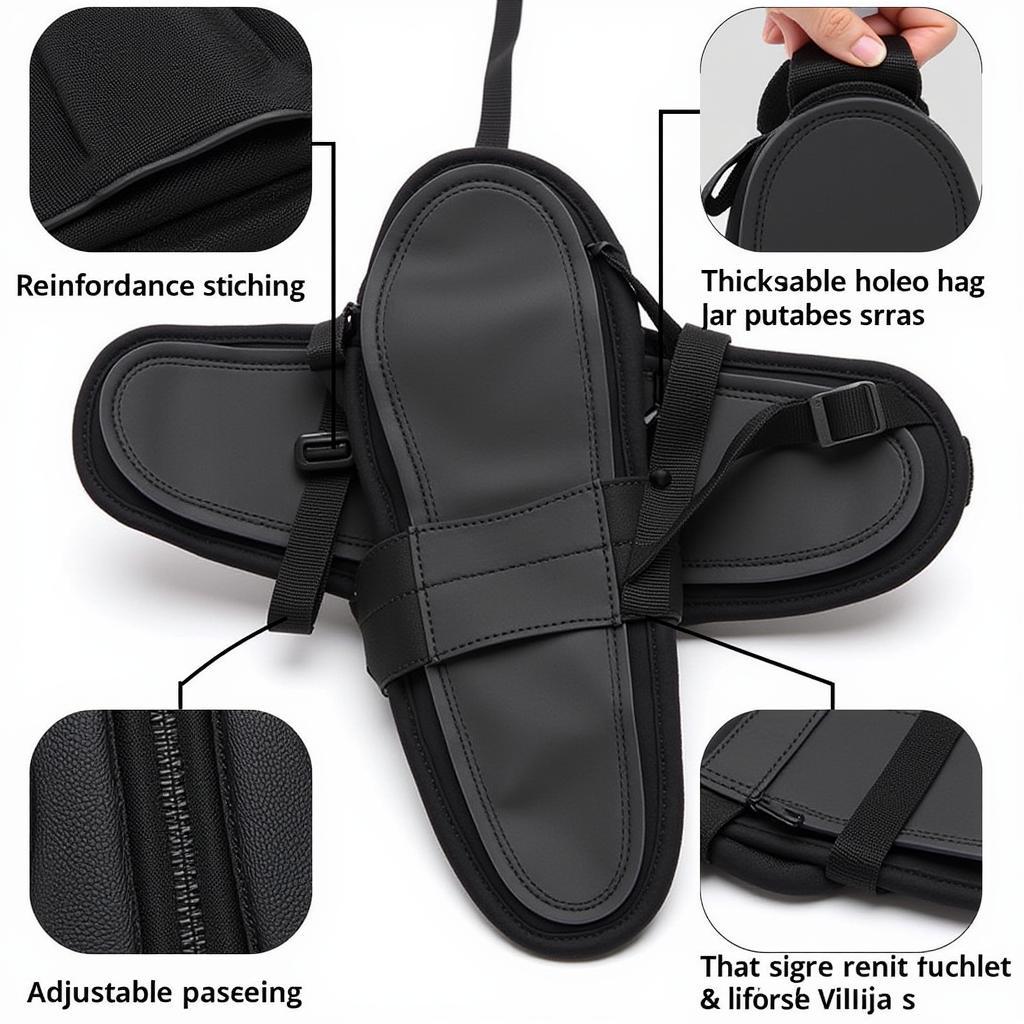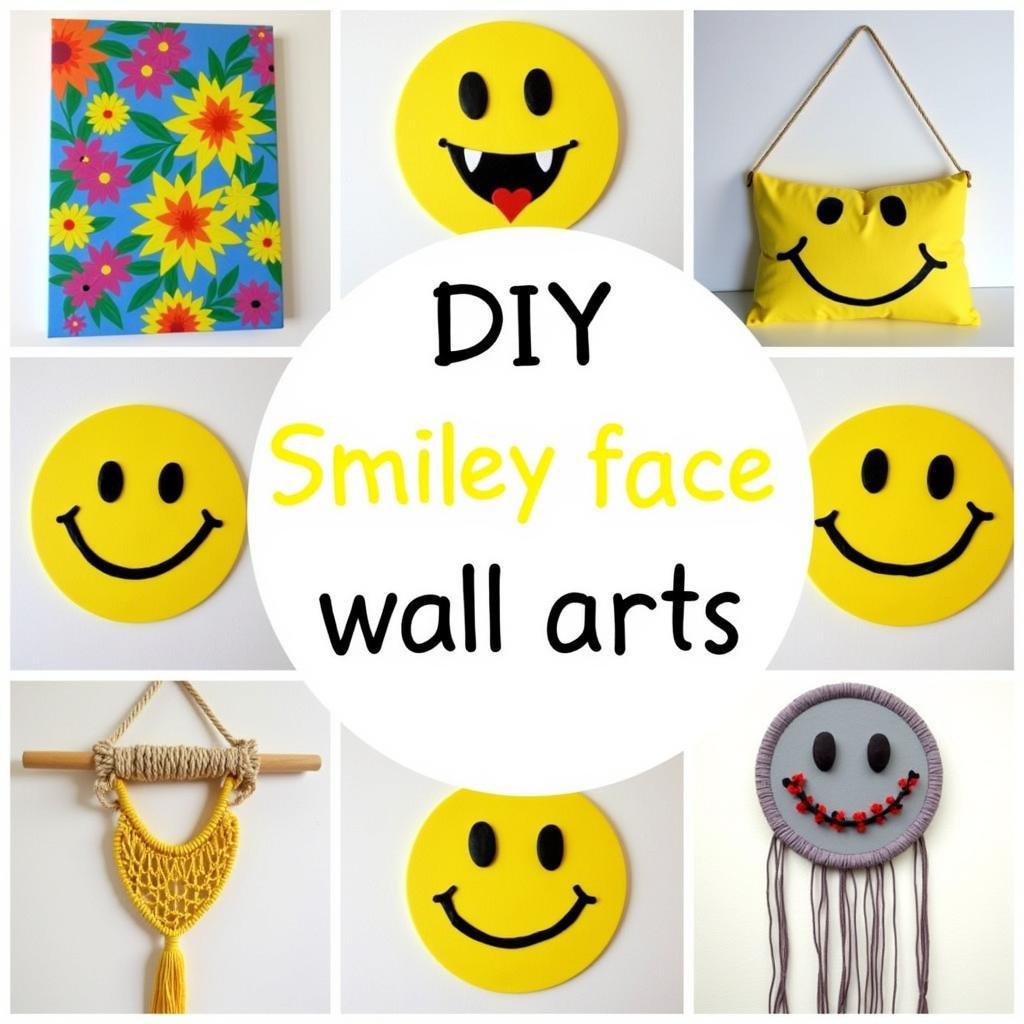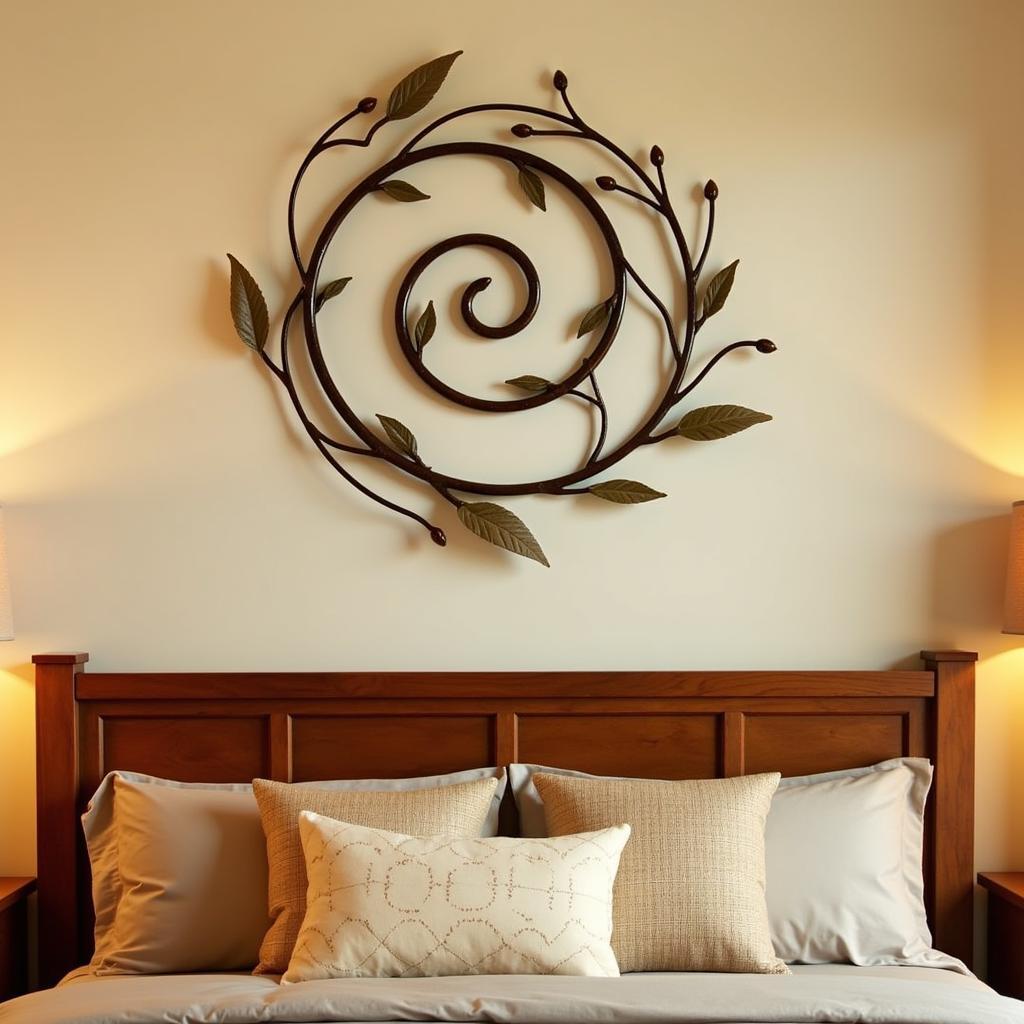Martial Arts Body Shield: Your Ultimate Guide to Protection
Martial Arts Body Shields are essential for safe and effective training. Whether you’re practicing sparring, drills, or forms, a body shield allows you to absorb impacts and protect yourself from injury. This comprehensive guide explores the importance of body shields, different types available, key features to consider, and how to choose the right one for your specific martial art.
Understanding the Importance of a Martial Arts Body Shield
Safety is paramount in martial arts training. A body shield provides a crucial layer of protection, allowing practitioners to push their limits without risking serious injury. These shields absorb the force of strikes, minimizing the impact on your body. This is particularly important during high-intensity training or when practicing powerful techniques. Having a reliable body shield boosts confidence, allowing for more realistic training scenarios and faster skill development. Just after starting your martial arts journey, investing in protective gear is essential. See our recommended martial arts protective gear.
Imagine practicing powerful kicks without the worry of injuring your partner. That’s the confidence a body shield brings. It allows both the attacker and defender to train with full power and precision, ultimately enhancing the effectiveness of the training session.
Types of Martial Arts Body Shields
There’s a variety of body shields designed for different martial arts disciplines and training styles. Curved body shields are ideal for absorbing kicks and punches, commonly used in Taekwondo, Karate, and Muay Thai. Flat body shields provide a larger surface area, making them suitable for practicing a wider range of strikes, including punches, kicks, elbows, and knees. These are often preferred in MMA and Kickboxing. Smaller, handheld shields are designed for targeted training, focusing on specific techniques and developing precise strikes. Choosing the right type depends on your specific needs and the type of martial art you practice.
A smaller martial arts kicking pad offers a different training experience. It’s excellent for precision and honing specific kicking techniques.
Key Features to Consider
When selecting a martial arts body shield, several key features should be considered. Durability is crucial, ensuring the shield can withstand repeated impacts. Look for high-quality materials and reinforced stitching. Padding is essential for absorbing impact and protecting the user. Different densities and thicknesses are available, catering to various training intensities. The size and shape of the shield should be appropriate for your body type and training style. Adjustable straps and handles ensure a secure and comfortable fit, allowing for unrestricted movement.
 Close up view of a martial arts body shield highlighting its features
Close up view of a martial arts body shield highlighting its features
How to Choose the Right Body Shield
Choosing the right body shield depends on your specific needs. Consider your martial art style and training intensity. If you primarily practice kicking techniques, a curved body shield is a good choice. For a broader range of strikes, a flat body shield is more versatile. Your body size and the size of your training partner are also important factors. A larger shield offers more coverage but might be cumbersome for smaller individuals.
“Choosing the correct body shield is like selecting the right weapon for battle. It must fit your style and provide the necessary protection,” says Master Kenji Tanaka, 8th Dan Shotokan Karate.
Maintaining Your Body Shield
Proper maintenance extends the lifespan of your body shield. Clean the shield regularly with a damp cloth and mild detergent. Allow it to air dry completely to prevent mold and mildew. Store the shield in a cool, dry place away from direct sunlight. Inspect the shield regularly for any signs of wear and tear, such as cracks or tears in the padding or stitching.
Conclusion
A martial arts body shield is a vital piece of equipment for anyone serious about their training. It offers essential protection, allowing practitioners to train harder, develop their skills faster, and build confidence. By understanding the different types available, key features to consider, and how to choose the right shield, you can ensure safe and effective training for years to come. Invest in a quality martial arts body shield and experience the difference it makes in your training.
“Investing in a good body shield is investing in your martial arts journey,” says Sifu Mei Lin, Wing Chun expert and author of “The Art of Flowing Defense”.
FAQs
-
What is the best material for a martial arts body shield? High-quality synthetic leather or durable vinyl are popular choices, offering a good balance of durability and affordability.
-
How often should I replace my body shield? Replace your body shield when it shows signs of significant wear and tear, such as cracked padding or torn stitching.
-
Can I use a body shield for any martial art? While body shields are beneficial in most martial arts, certain disciplines might require specialized shields. Consult your instructor for recommendations.
-
How do I clean my body shield? Clean with a damp cloth and mild detergent. Air dry completely.
-
What size body shield do I need? The size depends on your body size and training style. Consult size charts and consider your training partner’s size as well.
-
Are there different levels of padding for body shields? Yes, different densities and thicknesses cater to different training intensities.
-
Can a body shield completely prevent injuries? While it significantly reduces the risk, no protective gear can guarantee complete injury prevention. Proper technique and training practices are essential.
For any assistance, please contact us: Phone: 02462573573, Email: [email protected]. Visit us at: Savico Megamall, 7-9 Đ. Nguyễn Văn Linh, Gia Thụy, Long Biên, Hà Nội 10000, Việt Nam. We have a 24/7 customer support team.



